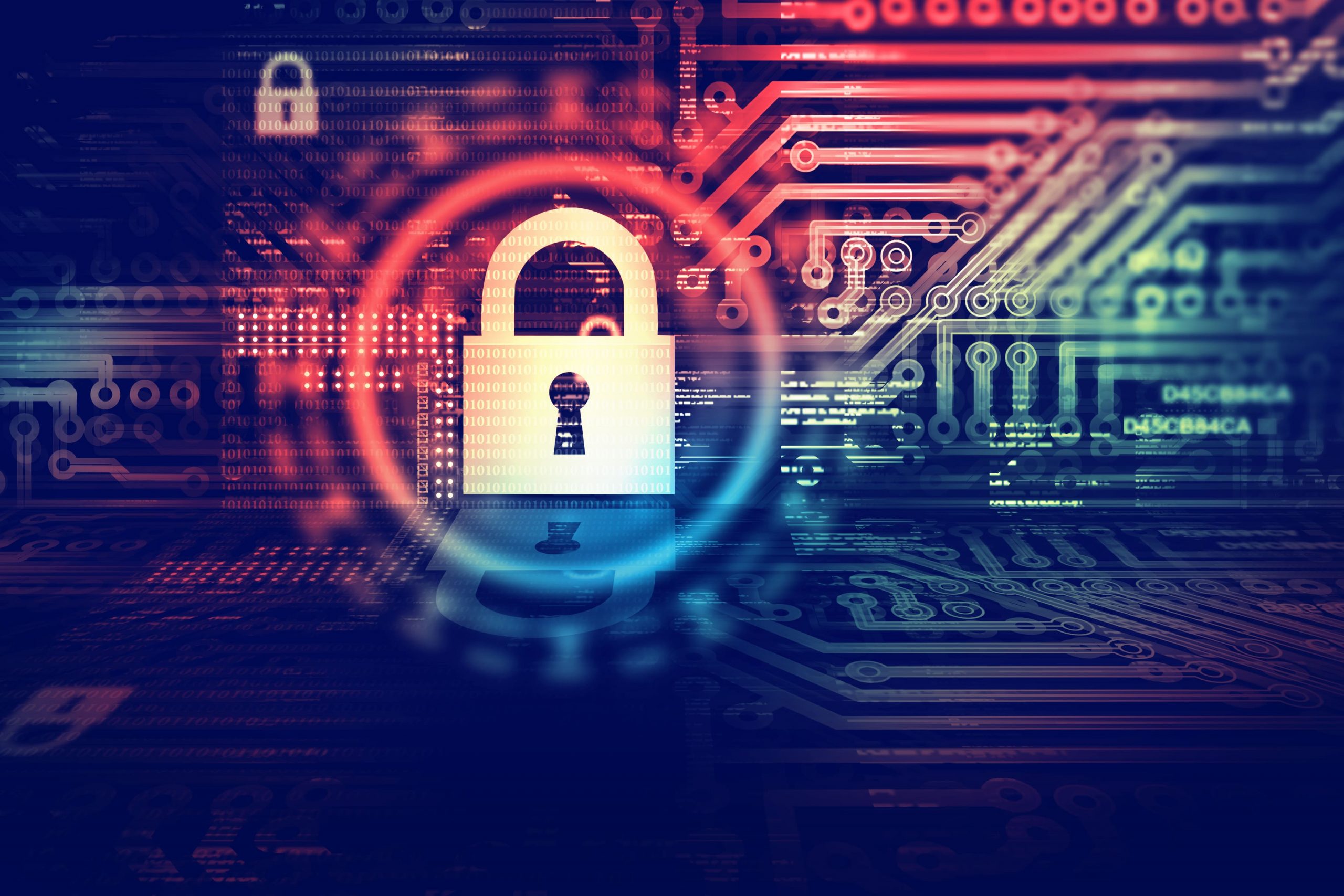Securing your infrastructure is of paramount importance in today’s digital landscape, where threats and vulnerabilities continue to evolve. Whether you are managing on-premises infrastructure or leveraging cloud services, implementing robust security practices is critical to protect your sensitive data, maintain business continuity, and safeguard against cyber threats. In this blog, we will explore best practices and strategies to help you secure your infrastructure effectively.
1. Develop a Comprehensive Security Plan:
Start by developing a comprehensive security plan that aligns with your business goals and industry regulations. Identify potential risks, assess vulnerabilities, and define security objectives. Document policies, procedures, and guidelines for data protection, access controls, incident response, and disaster recovery. Regularly review and update your security plan to adapt to new threats and technologies.
2. Implement Strong Access Controls:
Ensure that access to your infrastructure resources is granted on a need-to-know basis. Implement strong authentication mechanisms such as two-factor authentication (2FA) and enforce the principle of least privilege (PoLP) by granting users only the minimum privileges required for their roles. Regularly review and revoke access privileges for former employees or contractors. Consider using identity and access management (IAM) solutions to streamline access controls.
3. Infrastructure Regularly Update and Patch Systems:
Keep your infrastructure systems, including operating systems, applications, and firmware, up to date with the latest security patches and updates. Many security breaches occur due to unpatched vulnerabilities. Implement a rigorous patch management process that includes regular vulnerability assessments and automated patch deployment to minimize the risk of exploitation.
4. Employ Network Security Measures to Secure Your Platform:
Implement robust network security measures to protect your infrastructure from unauthorized access and malicious activities. This includes configuring firewalls, intrusion detection and prevention systems (IDPS), and virtual private networks (VPNs) to secure network traffic. Segment your network to isolate sensitive data and limit lateral movement in case of a breach. Regularly monitor network traffic for anomalies and employ encryption to protect data in transit.
5. Use Strong Encryption and Secure Protocols:
Encrypt sensitive data both at rest and in transit. Utilize strong encryption algorithms and ensure that data is securely transmitted over the network using secure protocols such as HTTPS, SSH, and VPNs. Implement encryption for databases, storage devices, and backups. Use trusted certificate authorities to validate digital certificates and enable secure communication channels.
6. Conduct Regular Security Audits and Assessments:
Perform regular security audits and assessments to identify vulnerabilities and assess the effectiveness of your security controls. Conduct penetration testing to simulate real-world attacks and identify potential weaknesses. Regularly scan your infrastructure for vulnerabilities using automated tools. Ensure that security assessments cover both internal and external aspects of your infrastructure.
7. Educate and Train Your Staff:
Invest in cybersecurity education and training programs for your staff to raise awareness about security best practices and the latest threats. Educate employees about phishing attacks, social engineering, and safe browsing habits. Encourage a culture of security awareness and make reporting of security incidents or suspicious activities a priority.
8. Implement Robust Backup and Disaster Recovery Strategies:
Maintain regular backups of critical data and test the restoration process periodically to ensure data integrity. Implement a robust disaster recovery plan that includes offsite backups, redundant systems, and failover mechanisms. Regularly review and update your disaster recovery plan to account for changes in your infrastructure and business requirements.
Conclusion:
Securing your infrastructure requires a multi-layered approach and a proactive mindset. By implementing the best practices and strategies outlined in this blog, you can significantly enhance the security of your infrastructure. Regularly assess your security posture, stay updated on the latest security threats, and continually improve your security measures to protect your infrastructure from evolving cyber threats and ensure the confidentiality, integrity, and availability of your data.
